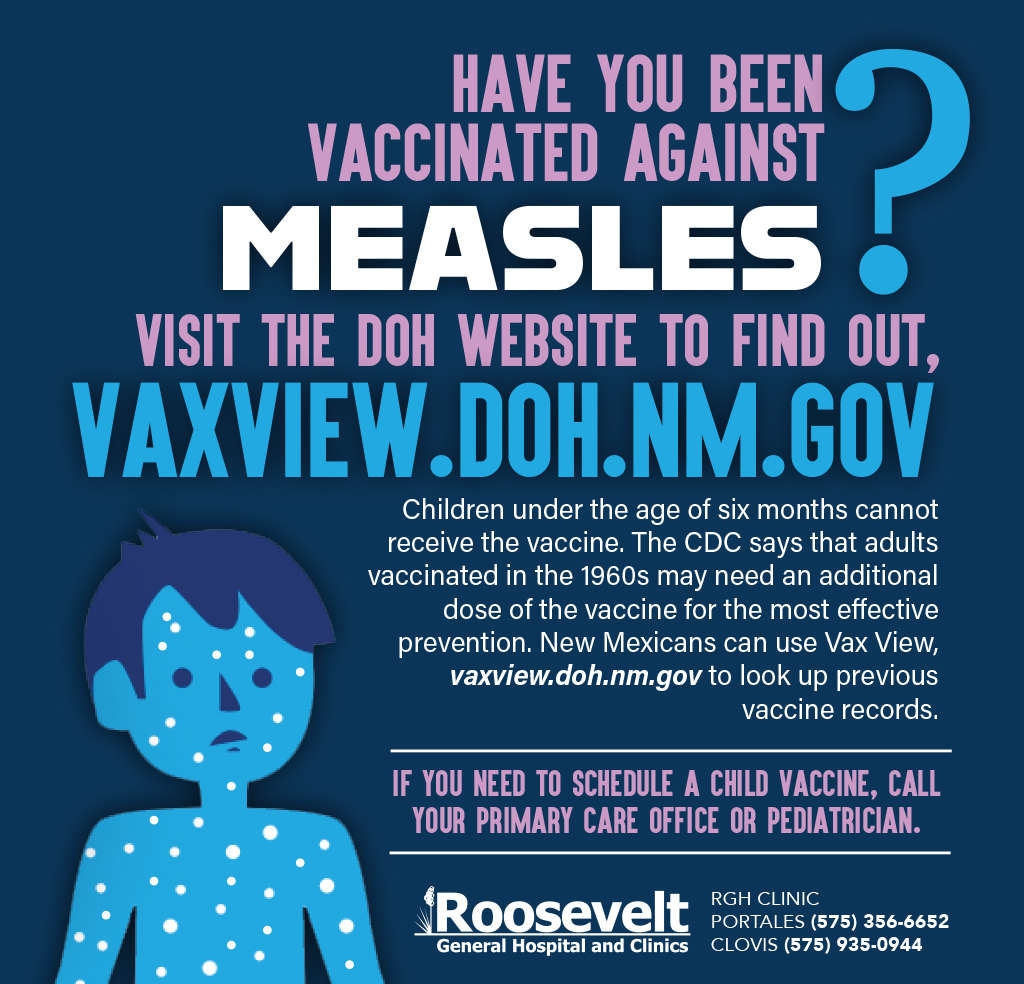State guide on New Mexico police shooting policies fails to gain traction
By Andrew Oxford | aoxford@sfnewmexican.com
One year after New Mexico’s top law enforcement officials approved a series of recommendations for how police departments handle shootings by officers, some local public safety leaders say they have not even received the policies.
The report by select members of the New Mexico Law Enforcement Academy Board was supposed to help establish best practices for police in the wake of shootings that spurred protests and raised serious questions about the ability of officers in some communities to keep the public safe while maintaining its trust.
The New Mexican and New Mexico In Depth, reported in 2016 that the responses to these incidents by law enforcement agencies and prosecutors varied from one end of the state to the other.
In turn, Attorney General Hector Balderas, chairman of the Law Enforcement Academy Board, ordered a review of policies around New Mexico.
Though the report’s authors contacted police departments and sheriff’s offices across the state asking about existing policies and procedures, only 60 percent of agencies appear to have responded with information. And experts who have reviewed the report say it is merely a start, with work still to be done in ensuring consistency and transparency regarding the use of force by law enforcement.
“It scratched the surface,” said John A. Eterno, a retired New York Police Department captain who is now a professor of criminal justice at Molloy College in New York.
The recommendations are a great start, he said, but he added that the measures amounted to “basic things, bringing departments into things that are already well established.”
Though individual law enforcement departments and district attorneys have revisited their own policies in recent years, the response to the academy’s report report raises questions about New Mexico’s progress in developing best practices that are sound and consistent — exactly what Balderas had said was key in investigating shootings by police.
For one thing, the 12-page report is hard to find. It does not appear to have been published online.
The New Mexican obtained a copy marked “discussion draft” from the Department of Public Safety. But when asked how the report had changed policies at their departments, several law enforcement officials said they were unfamiliar with the document.
A spokesman for the Santa Fe County Sheriff’s Office said the Law Enforcement Academy Board had not released its final recommendations to the agency.
And a spokesman for the Albuquerque Police Department said officers he had spoken to in the agency were not familiar with the report.
A deputy chief at the Santa Fe Police Department said he did not have a copy of the recommendations, either.
A spokesman for Balderas, who called for the review in the first place, referred questions to the director of the Law Enforcement Academy. He did not respond to a voice mail message seeking comment Friday.
The report offers 12 recommendations, starting with basic items. For example, it recommends every agency develop and implement a clear policy on appropriate use of force.
While the report does not call for independent investigations of shootings by police, it recommends law enforcement agencies prepare for other departments to step in and help probe such incidents.
Several departments contacted by The New Mexican reported already having such arrangements in place.
In Roswell, for example, shootings by police are investigated by a team established under an agreement among the Roswell Police Department, the Chaves County Sheriff’s Office and New Mexico State Police.
The Santa Fe County Sheriff’s Office does not have a contract with an outside agency to investigate such shootings. But the department will draw on the state police to investigate such incidents, a spokesman said.
The report also recommends departments track data on the use of force by officers, something the sheriff’s office says it does not do.
A few of the recommendations are relatively specific.
The report suggests every agency require officers to submit a written report each time they point a firearm at a subject but do not shoot. The report noted only three agencies included in the subcommittee’s review already had such a policy.
Experts differ on whether such a proposal is beneficial.
“That’s concerning,” said Robert Taylor, a former Portland, Ore., Police Bureau detective and now a professor at the University of Texas at Dallas. “You shouldn’t be too restrictive.”
The issue of when police use deadly force has been particularly fraught in New Mexico during recent years as federal officials found the police department in the state’s biggest city, Albuquerque, had demonstrated a pattern of using excessive force.
The trial of two Albuquerque police officers in the shooting death of a homeless man only raised more questions about how law enforcement agencies investigate their own. And this all came at a time when police shootings elsewhere in the country spurred protests and gave birth to the Black Lives Matter movement.
When Balderas called for a review of policies in December 2016, the move seemed to offer the prospect of establishing a statewide standard for handling shootings by police.
The attorney general tapped a subcommittee that included four members of the academy board: State Police Chief Pete Kassetas, Navajo Department of Public Safety Chief Darren Soland, and private citizens Kelly Burnham and Elisabeth Miller.
They met three times, and the Law Enforcement Academy Board, which oversees the licensing of police officers across the state, approved their report with little discussion in September 2017.
Ultimately, though, the report’s recommendations are relatively broad.
Taylor said he applauded the effort, but he added: “I don’t think there’s any Earth-shattering stuff.”
Experts questioned how broadly the subcommittee had consulted with law enforcement agencies and the public.
The subcommittee said it sent letters to 142 law enforcement agencies and received policies and procedures from 85. While the state’s biggest departments responded, an analysis by The New Mexican found more than a half-dozen counties did not.
The report, for example, does not mention sheriff’s offices in Chaves County — population 66,000 — or McKinley County — population 77,000. The report does not mention Carlsbad’s police department, either, or the police departments in Española, Taos or Truth or Consequences.
“The attorney general of the state asks all these police departments to respond. If I were running a police department, I would respond,” Eterno said.
For more of the story CLICK HERE






































